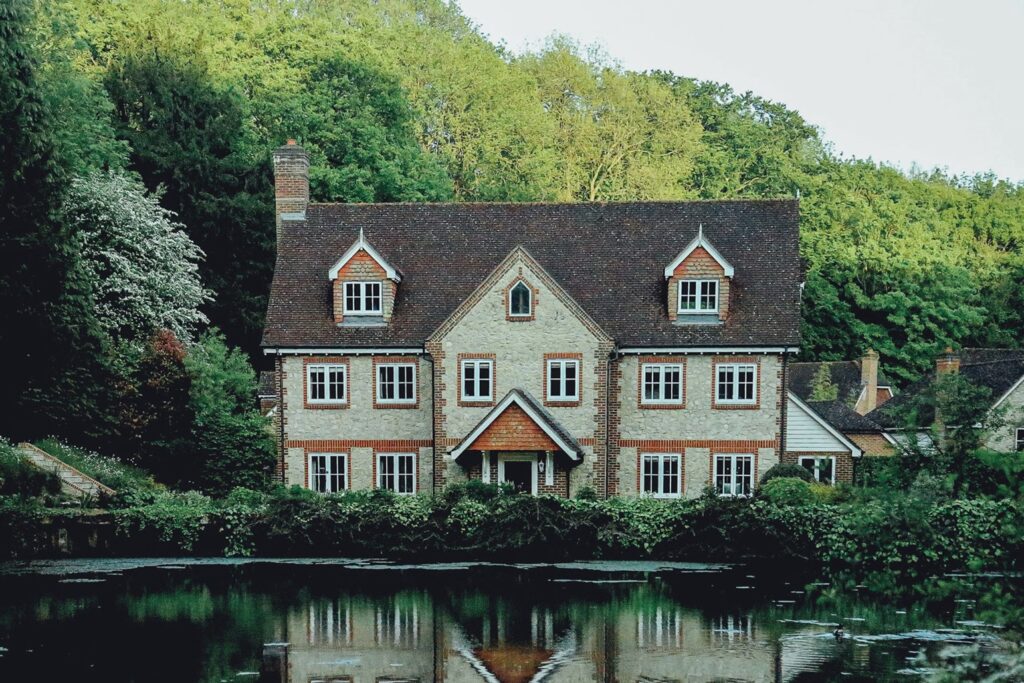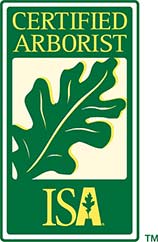The crack of a saw through wood. The final snip of pruning shears. When a tree gets trimmed, its leafy canopy shakes, perhaps a bit of sap weeps – you might even hear a quiet groan.
It seems like a painful moment in the life of a tree, but did you know that proper trimming is actually beneficial to our tree friends?
Sure, trees look magnificent when they’re sprawling and wild, branches reaching chaotically towards the sun. But sometimes, we need to give them a haircut to make sure they stay healthy and don’t cause problems.
Just like humans, trees have secrets about how they recover from injuries and a skilled arborist knows how to tap into their natural healing abilities.
If the thought of trimming your trees makes you nervous, remember this: the next time you search “tree arborist near me” on Google, you’re calling in a tree doctor, not an executioner.
Here’s what happens to a tree after a good pruning.

The Art & Science of Tree Trimming
Giving a tree a shape-up isn’t as simple as grabbing a saw and hacking at limbs. Certified arborists adhere to ANSI A300 pruning guidelines, a strict set of standards designed to ensure the tree’s long-term well-being. Here’s why this is so important:
- Trees Compartmentalize: Unlike humans, trees don’t heal wounds in the way we do. Instead, they compartmentalize. Picture little walls formed to seal off the injured area, preventing rot and decay from spreading to the rest of the tree.
The Importance of the Final Cut: A carefully executed final cut at the right spot promotes faster compartmentalization and protects the tree from disease.
There’s a Limit
You can have too much of a good thing, even when it comes to tree trimming. ANSI standards say that no more than 25% of a tree’s canopy should be removed at one time. Too much pruning puts serious stress on the tree and can make it vulnerable to decline.
Also, it’s important to avoid removing large branches unless absolutely necessary. Why? Because a big wound exposes lots of heartwood, the older, less healthy wood at the tree’s center. Smaller wounds compartmentalize much more quickly, keeping the heartwood protected.
Get an assessment and quote from Connor Tree Service today.
What Happens Right After Trimming?
The moment a tree is trimmed, an amazing internal process kicks into gear. Think of it like a tree’s emergency response system. Let’s break down what happens step-by-step:
Callus Formation
The tree immediately begins to form wound wood, also known as callus, around the perimeter of the cut. This isn’t the same as scar tissue that forms on our skin; it’s a unique type of wood cells designed specifically for protection. The callus acts as a temporary barrier, preventing the entry of insects or decay-causing fungi.
Compartmentalization
Trees have a fascinating ability to seal off injured areas, a process called compartmentalization. Picture the tree building internal walls around the wound, isolating the damage. This prevents decay from spreading deeper into the tree’s heartwood, ensuring its strength and stability.
Energy Redistribution
With less foliage, your tree may temporarily channel its energy towards wound closure and internal repair, resulting in slightly slower growth. Don’t worry, this is a natural and necessary part of the healing process. The tree is prioritizing its long-term health over immediate growth spurts.
Adapting to Change
Losing branches changes the tree’s distribution of weight and its exposure to sunlight. Over time, the tree will adapt by redirecting growth hormones and resources, producing new shoots and branches to regain its balance and optimal canopy shape.
When's the Right Time for a Trim?
Generally, the best time to prune deciduous trees (ones that lose their leaves) is in the dormant, winter months. At this time, you can see the branch structure clearly, sap isn’t flowing heavily, and the tree is primed to compartmentalize those wounds quickly as spring rolls around.
Of course, dead, diseased, or dangerous branches should be addressed as soon as possible regardless of the time of year.
Connor Tree Service - Your Local “Tree Arborist Near Me”
If your trees look a little unruly or you’re concerned about branches causing safety issues, it’s time to search “tree arborist near me”. Certified tree experts, like those at Connor Tree Service, are your best bet to ensure the long-term health of your trees. We’ll work with you to give those green giants the care they deserve.
Taking care of your trees is an investment in your property and the environment. Well-maintained trees provide shade, beauty, and a boost to the value of your landscape. Want to do your part?
Get a quote for professional services from Connor Tree Service today.








